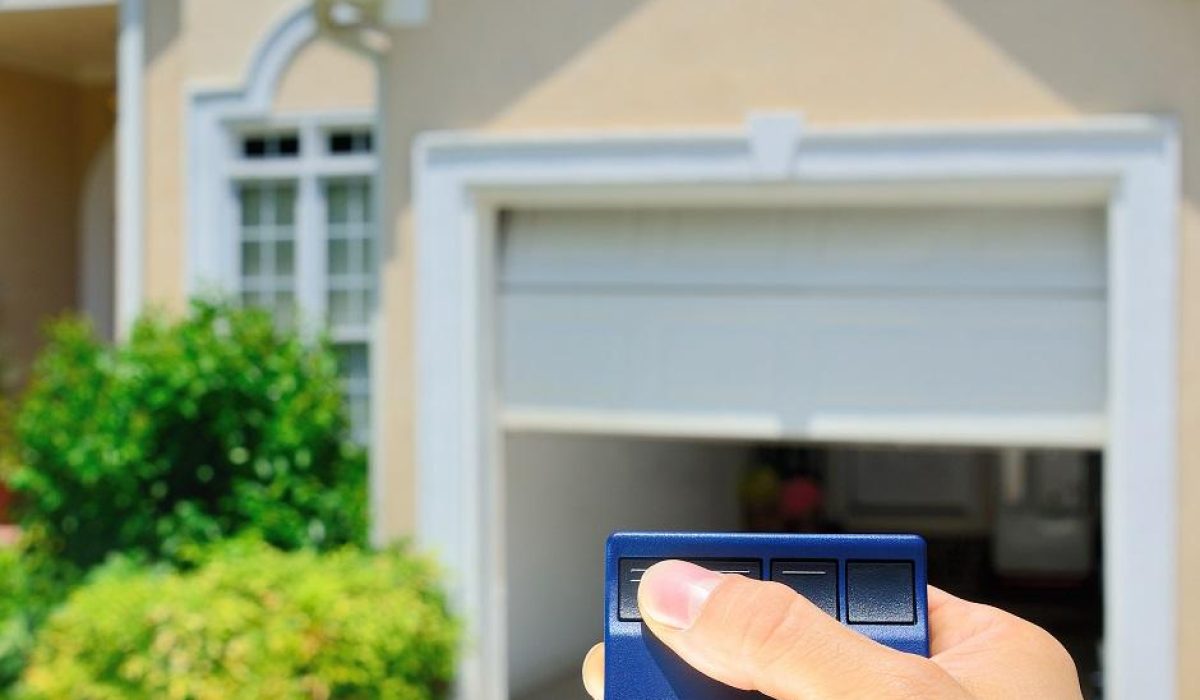Telecommand Systems and Remote Controls
A telecommand system must dependably and transparently convey control information from a reliable source (e.g., an individual user) to a remotely situated physical device or process.
How controllers use infrared beams
The very first factor you see in regards to a handheld remote control unit is it doesn’t have any cables or loose wires, therefore it relies on electromagnetic waves to send signals. Light, x-rays, radio waves, and microwaves are good examples of electromagnetic waves. Most controllers send signals using infrared radiation (that is a type of invisible red-colored light that warm/hot objects produce), though some use radio waves instead.
Should you look towards the top of your handheld remote control unit, you will see there is a small plastic light-giving off a diode in which the infrared radiation travels out from. Now have a look at the TV or video. Somewhere around the front, there is a really small infrared light detector. Whenever you press the handheld remote control, a beam of infrared radiation travels from the remote to your TV in the speed of light, allowing the detector to pick it up.
It’s important to note that human eyes can’t identify infrared, so even when you press the buttons in your remote and stare into the LED you will not see anything visibly happening. Some creatures, including snakes, can identify infrared. Snakes have small infrared sensors hidden near their eyes, which work just like the infrared sensors in your TV. By homing in on infrared warmth, snakes are able to locate prey during the night when there is no regular light to guide them.
Handheld remote control codes
It’s useless if a handheld remote control simply sends out an instant random infrared. Obviously, if your handheld remote control have over twenty or so buttons, it must be capable of delivering at least this many signals, which each one unique enough for your TV to comprehend and understand. Whenever you press the buttons, the remote creates an organized number of on/off infrared pulses that signal a binary code (a means of representing any type of information only using zeros and ones, which computer systems use).
In addition to delivering out pulses that tell the television what you would like it to do, the remote also transmits a brief code that identifies the merchandise you are attempting to control (for instance, a particular brand name of TV). That guarantees your remote controls just the TV, not the video recorder, and any other Televisions which are nearby. Generally, what this means is each handheld remote control unit can operate just one appliance produced by just one manufacturer. Obviously should you uncover the codes that different Televisions and videos comprehend, you can develop a handheld remote control that operates any appliance. This is the way universal remote controls work. They allow you to control any TV or video. One inventor has even created a remote known as TV-B-Gone that methodically transmits out a “switch TV off” signal using every possible manufacturer’s code. It’s made to allow TV haters to change off annoying Televisions discreetly as they wander through departmental stores and shops!

About Doormatic Garage Doors
Doormatic Garage Doors is a well-established independent supplier of garage doors based in Guildford, Surrey and Chalfont St Peter, Buckinghamshire.





